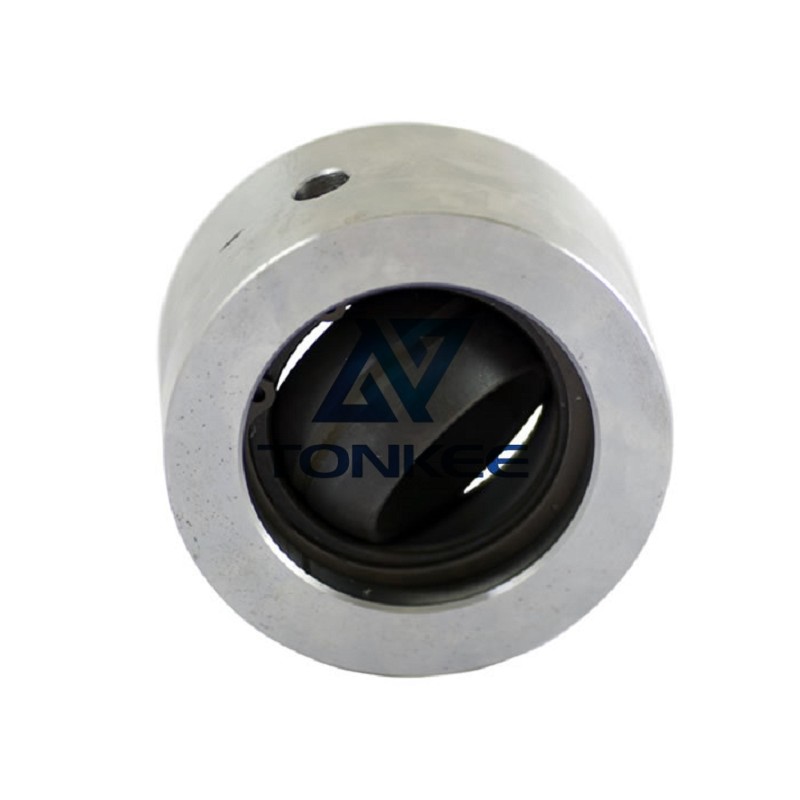
Materials and Construction: Heavy rod ends are typically constructed from high-quality materials such as alloy steel or stainless steel.
These materials are chosen for their durability, resistance to corrosion, and ability to withstand heavy loads. The bearing is precision-fitted within the rod end, ensuring proper alignment and load distribution.
Load Capacity: Heavy rod ends are engineered to handle substantial axial and radial loads. Manufacturers specify the maximum load capacity, which is a critical parameter to consider when selecting the appropriate rod end for a specific application.
Thread Type and Size: Threaded rod ends are available in various thread types (e.g., UNF, UNC, Metric) and sizes to accommodate different mounting requirements. The thread size and type must match the mating component to ensure a secure fit.
Bearing Type: The bearing installed within the rod end can vary, including plain bearings, spherical bearings, or other specialized types. The choice of bearing depends on the application's specific requirements, such as load type, speed, and environmental conditions.
Sealing and Lubrication: Proper sealing and lubrication are essential to protect the bearing and extend its lifespan. Manufacturers often provide information regarding the type of lubricant required and whether the rod end is equipped with seals or shields to prevent contamination.
Misalignment Capability: Heavy rod ends are designed to accommodate misalignment in various directions.
The specification should indicate the maximum allowable misalignment angles, both static and dynamic, to ensure the rod end can perform within the application's expected range of motion.
Temperature Range: Manufacturers specify the temperature range within which the rod end and bearing can safely operate. Extreme temperatures can affect the performance and longevity of the component.
Corrosion Resistance: For applications exposed to harsh environments or chemicals, the rod end should have excellent corrosion resistance. This is particularly important for outdoor or marine applications.
Mounting Options: The specification may include details about different mounting options, such as male or female threads, stud or eye configurations, and various accessories like jam nuts and locking devices.
Maintenance Requirements: Information regarding maintenance intervals and procedures, such as re-lubrication or bearing replacement, should be outlined in the specification to ensure the rod end's continued performance.
Testing and Certification: Manufacturers may provide details about testing procedures and certifications, such as ISO standards or specific industry certifications, to ensure the rod end meets quality and safety standards.
Application Considerations: The specification should mention the types of applications for which the rod end is suitable. This could include industrial machinery, agricultural equipment, automotive suspensions, aerospace systems, and more.




 English
English Türkçe
Türkçe


